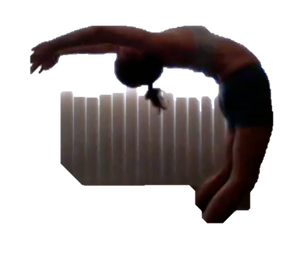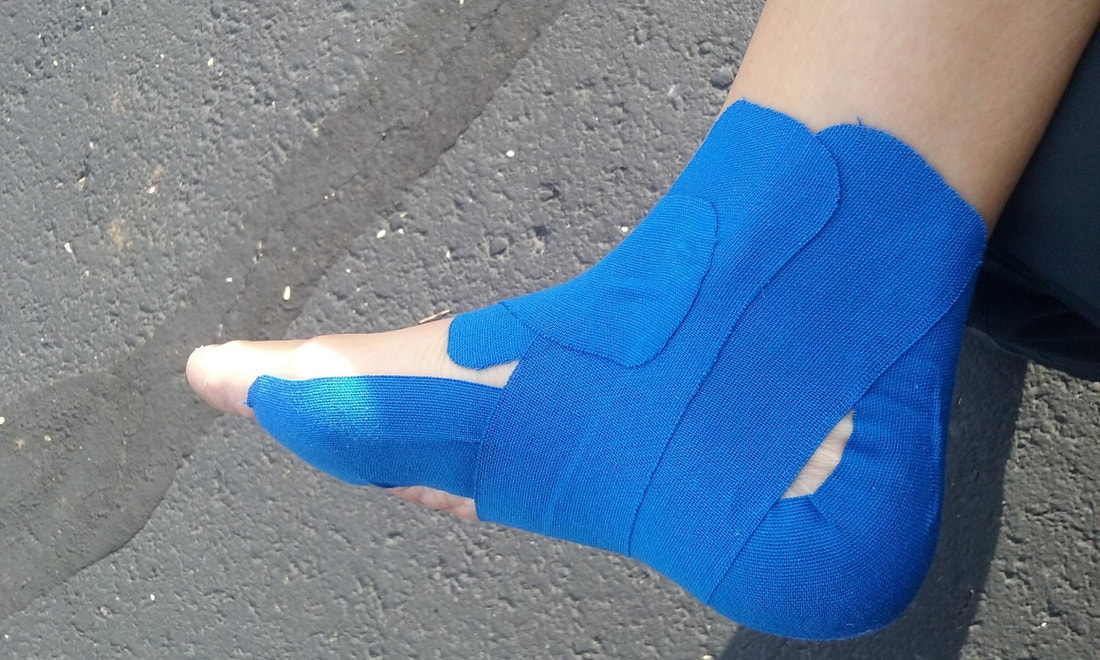 Numerous positive health benefits come from having a daily Yoga routine. Initial noticeable improvements from the practice involve physical, mental and psychological aspects in everyday living. Starting the day with a wholesome Yoga routine will also result in making healthier choices throughout the day, including; better eating habits, increased vitality and how to respond more positively in unpredictable circumstances. But, by far, one of the greatest gifts anyone will ever encounter from Yoga is the unavoidable dealing with pain. In Patanjali’s Yoga Sutras, pain is mentioned in the first pada, fifth shloka, (first chapter, fifth verse) after merely establishing the practice of Yoga, the definition of Yoga and finding peace from this knowledge. He acknowledges that pain is something that everyone suffers from at one point, and also a main motivating force behind practicing Yoga, in order to find peace. But of course, without pain, how can one know peace, or as Patanjali states, “painless”-ness. Pain is important because it is a way for the body to communicate to the mind that something needs to change, or needs more care. It is not something that should be feared or avoided, but rather embraced and attended to. Much in a similar way there is the need to care for a crying child. Some look at pain as misdirected energy in the body. Others say the human nervous system is a driving force between sensations, formulations and actions of the body. When the nervous system does not feel stable, mentally or physically, it will not allow the body to react in certain ways. This also produces those uncomfortable sensations between the body, nervous system and mind. So how can we quell these less-than-desirable sensations?
As postures of Yoga certainly unveil both the practitioner’s strengths and weaknesses, the practice will also bring to surface many ways in which the body and mind have been using to avoid the sensation of pain. A very obvious awareness of pain occurs when the practitioner bends too far backward and feels an uncomfortable pull of the shoulder or lower back. When these movements are performed consistently over a long period of time, with hesitation and unawareness, the pain will become unbearable and can lead to an injury as a final way for the body to stop the movement.  Less apparent concealed forms of pain surface through touch, avoidance or thoughts triggered throughout the practice. Fear of dealing with emotional pain can often lead a person to look for ways to numb these feelings through prescription medicines, alcohol and other substances that may feel good in suppressing the unwanted feelings momentarily, but end up causing more physical, emotional and mental harm in the long run. Emotional conflicts arise, as Patanjali states in 4.28, when there is a gap between consciousness and the seer. In other words, when one begins to stray from his or her karmic path.  Initial stages of the practice of Yoga postures, or asanas, create new sensations and awareness to the practitioner, joining consciousness with movement. After a certain period, the practitioner’s breathing pattern will begin to link each movement to the next. This breath-induced movement will eventually bring a softening to the mind and then slowly start to relax the heightened nervous system. This, in turn, will allow the body to move deeper into postures and allow for greater muscle memory. Although it may seem counter-intuitive, a practitioner of Yoga should not stop moving through the postures that may expose uncomfortable sensations, but should learn to move differently and with more awareness. This article is only a small wave in the vast ocean of the topic involving pain and movement. It is only meant to cover such discomforts as stiffness in the body, or discomfort that goes away after a period of time. If a practitioner of Yoga has had previous health issues, he/she should get a check-up and clearance from a doctor before starting any new routine. If pain is unbearable, the practitioner should stop and immediately seek medical attention. -Susan
0 Comments
Leave a Reply. |
About UsWe are a community of Ashtanga yoga practitioners who blog about the things we love.
Archives
January 2022
Categories
All
|
|


 RSS Feed
RSS Feed
